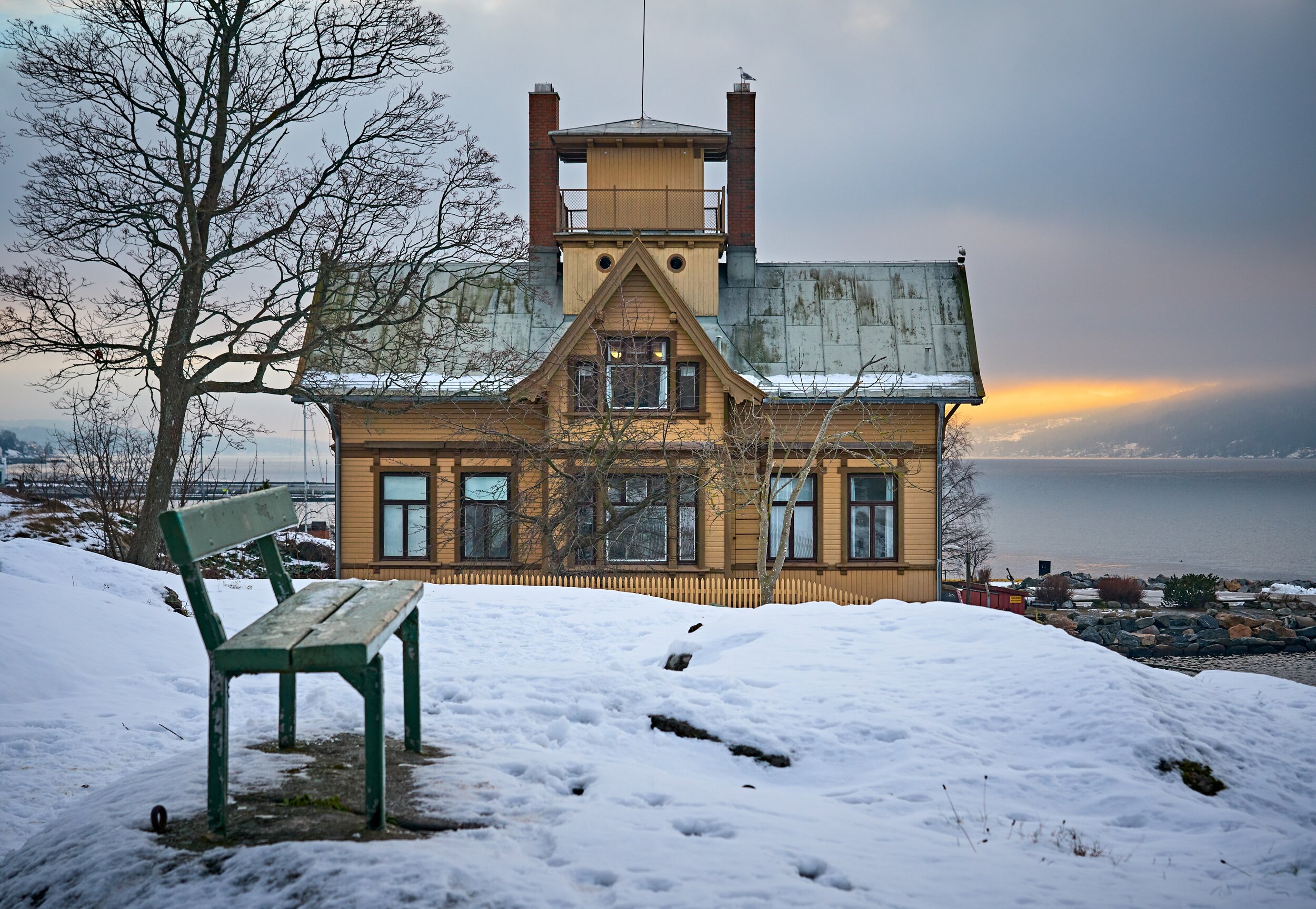4 Ways Insulation Improvements are Helping Homeowners
If you are looking to upgrade the insulation of your home, read on to learn more about it’s benefits.
WRITTEN BY ANGELICA SYIEMIONG PEREIRA ∙ TORONTO, ONTARIO
Insulation is the number one parameter to get right for reducing your energy bills -- it should be factored in before you even buy energy-efficient appliances or improve your heating and cooling systems. Space heating accounted for 14.2% of total residential electricity use in 2018 (1). 80% of residential energy consumption is used for space and water heating (2). Improving the insulation in your home or business is the single biggest factor in reducing your electricity consumption and greenhouse gas emissions
Proper insulation reduces the heat flowing in and out of homes. Insulation is measured in R-Value, which is the insulating materials’ ability to resist heat flow. The higher the R-Value, the more effective the insulation. The R-value is dependent on the material, thickness, and density.
In existing homes, upgrading the building envelope and heating and cooling equipment represent the largest opportunity with 71% of the energy savings coming from these improvements.
Top 4 reasons why you should improve the insulation of your home
Increase Comfort
A warm home is a healthy home. Insulation keeps heat inside your home during the winter months and keeps the hot humid air out during summer. Not only does it increase the total comfort level within your home, but it also regulates the temperature. Insulation prevents allergens, contaminants, and pollutants from entering your home, which improves the indoor air quality.
Lower Energy Costs
Installing better insulation can reduce household energy costs by 15% (3). This presents a significant savings opportunity, as residential expenditures for heating/cooling, lighting and operating appliances averages $2,139 per year(2). Good insulation will lower both electricity and natural gas monthly bills.
Environmental Impact
There are eco-friendly insulation options that will improve comfort while simultaneously reducing environmental impact. Cellulose is made of 80 to 85% recycled newsprint and has an R-Value of 3.5 per inch, the same as fiberglass insulation. Sheep’s wool has an R-Value of between 3.0 to 4.0 per inch and is naturally fire-resistant.
Being Energy Efficient
Insulation upgrades are the single most important driver in achieving energy efficiency. In existing homes, upgrading the building envelope and heating and cooling equipment represent the largest opportunity with 71% of the energy savings coming from these improvements.


